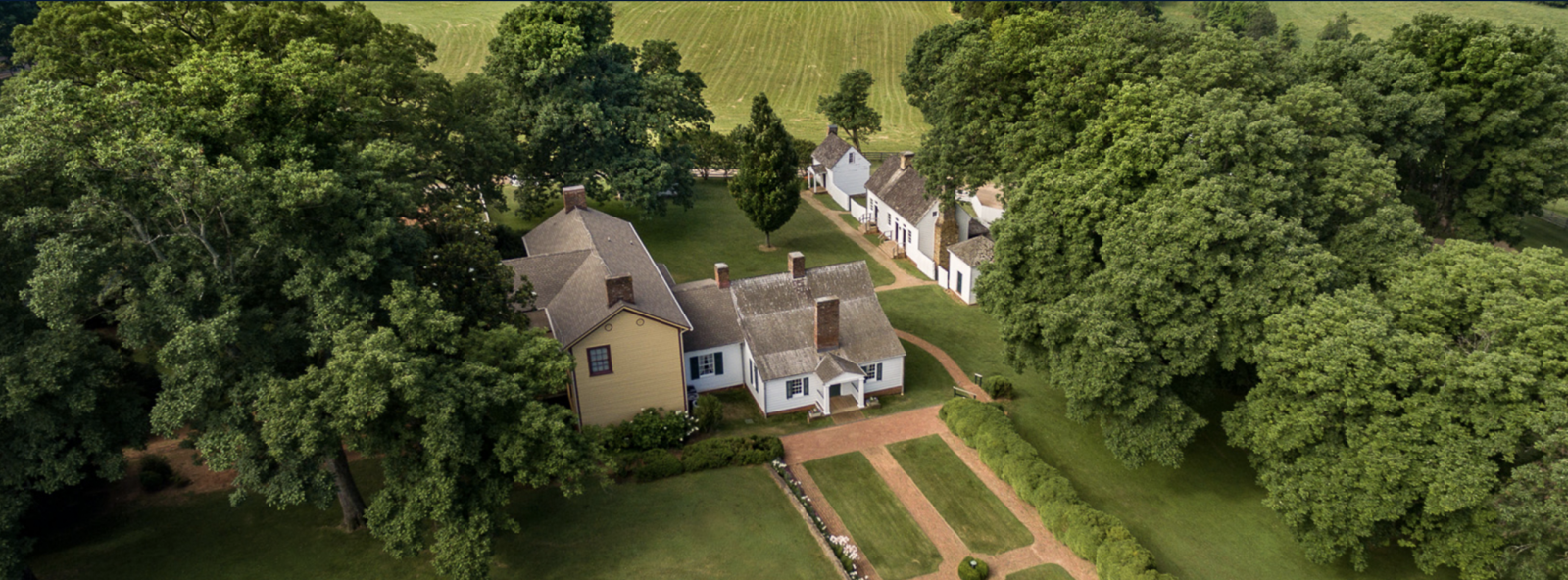Re-interpreting William & Mary's Highland

Did you know William & Mary offers year-round public history in Charlottesville, Virginia?
W&M’s Highland is 535 acres of historic buildings and natural resources. For many years, it was notable as the home of James Monroe. Now, recent re-interpretation tells a much fuller, more truthful story about the site and its many inhabitants.
For years, people incorrectly thought that the white house with the small porch was the remaining wing of the Monroes’ house. However, at historic sites and museums, sometimes a fresh look reveals the whole story. Beginning in 2012, Highland re-examined the evidence and uncovered new clues. By 2016, it was clear: Monroe’s house was completely destroyed by fire, and the smaller separate structure was a guesthouse constructed by enslaved craftsmen, George Williams and Peter Malorry, in 1818.
Our research questions do not end here.
- How can our interpretation expand?
- How can we help visitors better understand our polyvocal past?
- How can we show that our historical understanding is an ongoing process?
Curation: Mariaelena DiBenigno, PhD, Mellon Postdoctoral Research Fellow, William & Mary's Highland
Design: Jennie Davy, Exhibits Manager; exhibit background modified from freepik.com
Fabrication and Installation: Mariaelena DiBenigno; Jennie Davy; Adrienne Resha, Ph.D. Candidate in American Studies and 2021-2022 Special Collections Exhibits Apprentice; and Brianna Gettier '22, SCRC Student Assistant

